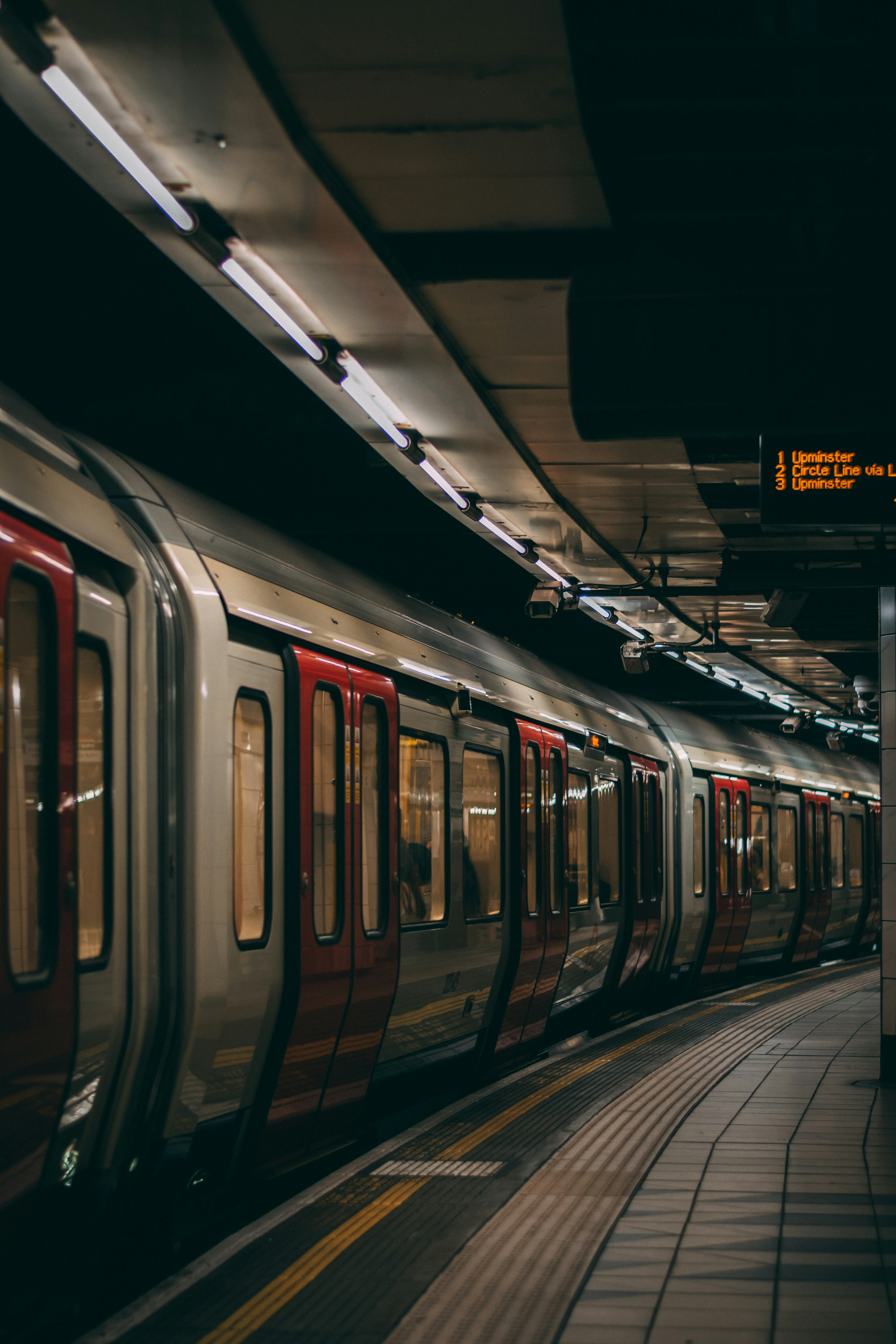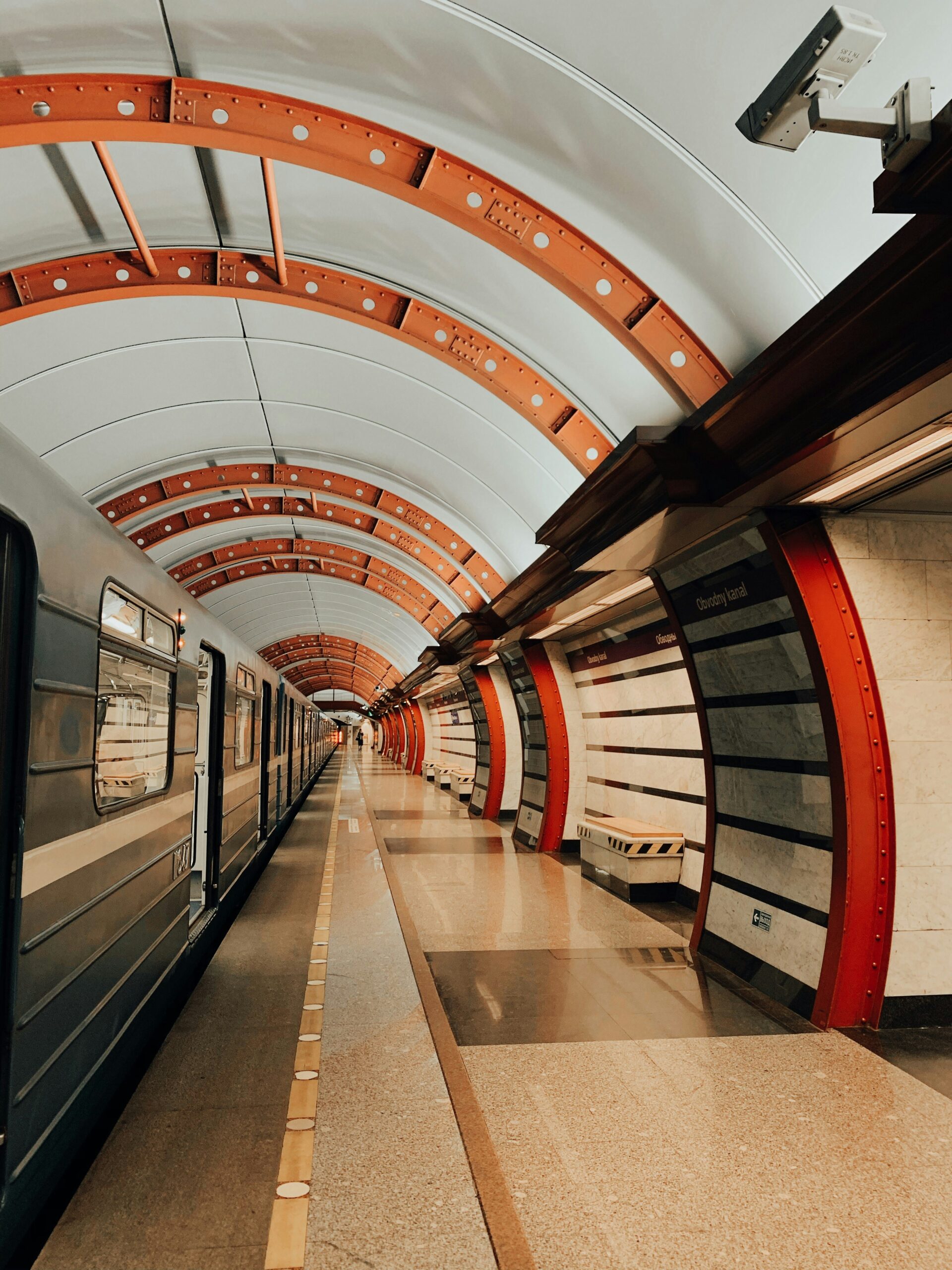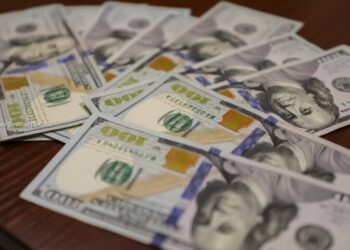Hitachi Rail just opened what it proudly calls a lighthouse digital factory in Hagerstown, Maryland. The company says this $100 million project is the future of train manufacturing in North America. The site, packed with digital gadgets and boasting carbon-neutral operations, promises to roll out up to 20 railcars a month. To an extent, that’s impressive. But anyone who has watched how corporations hype their projects knows to ask: is this about trains or about bragging rights?
The money and the machines
Out of the $100M, more than $30M went straight into digital enhancements. The plant is buzzing with AI, real-time supply chain tracking, 3D printing, and even an immersive customer experience center. Hitachi says this isn’t just about making trains; it’s about showing off its “One Hitachi” brand of tech muscle. But will this tech will actually deliver smoother rides for Washington DC, Baltimore, and Philadelphia commuters, or just add buzzwords to a press release.
Jobs, politics and spin
Hitachi claims the factory will directly employ 460 people, with a total of 1,300 jobs tied to its operation, supposedly pumping $350 million a year into the local economy. Governors and transport chiefs lined up to celebrate the opening. Even Trump’s name got dragged in as proof that America is now the top destination for private investment. Yet, jobs in tech-heavy factories tend to be fragile, what happens when the AI systems outpace the workers?

A “green” story with fine print
The facility sells itself as green: zero landfill waste, solar panels saving 800,000kg of CO2 every year, and 100% renewable power sourcing. It sounds good. But green branding has become standard corporate practice. Until passengers see safer, cheaper, more reliable transit, most people won’t care if their train is built under solar panels or under fluorescent lights.
Expansion or marketing?
Hitachi Rail is touting orders for more than 600 cars, including 256 for DC Metro, 78 for Baltimore, and 200 for Philadelphia. That’s a solid book of business. But the real measure is whether this so-called lighthouse factory actually delivers on time, in full, and without the usual corporate excuses when deadlines slip.
The bottom line
So, is the Hitachi Rail digital factory a milestone or marketing? Right now, it’s both. It is undeniably an investment in North America. But until the factory proves it can meet deadlines, create real jobs beyond the numbers, and make rail transit smoother for millions, it risks being remembered more for its opening ceremony than for its actual trains.

















